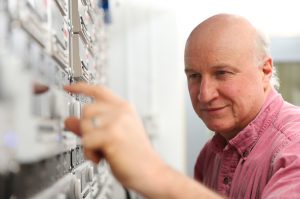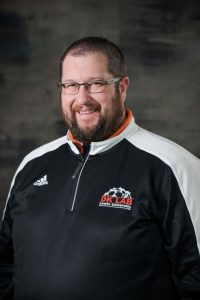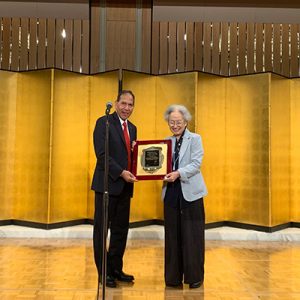 In September 2019, at the 16th International Symposium on Solid Oxide Fuel Cells (SOFC-XVI), Symposium Chair Subhash Singhal presented a plaque from The Electrochemical Society (ECS) to Yukiko Dokiya, the widow of Professor Masayuki Dokiya. Also present were daughter Fumiko Dokiya, her husband Hironobu Dokiya, and their daughter Yoko Dokiya and son Masahiro Dokiya. The plaque thanked the Dokiya family for their generous contribution in Masayuki’s memory. The gift made possible the creation of the Dokiya Fund of The Electrochemical Society in 2004. From 2004 to 2019, the Fund provided financial travel assistance to 128 Dokiya Fund Travel Grant Recipients to attend ECS and other related meetings around the world in their pursuit of electrochemical science and technology to benefit mankind. (more…)
In September 2019, at the 16th International Symposium on Solid Oxide Fuel Cells (SOFC-XVI), Symposium Chair Subhash Singhal presented a plaque from The Electrochemical Society (ECS) to Yukiko Dokiya, the widow of Professor Masayuki Dokiya. Also present were daughter Fumiko Dokiya, her husband Hironobu Dokiya, and their daughter Yoko Dokiya and son Masahiro Dokiya. The plaque thanked the Dokiya family for their generous contribution in Masayuki’s memory. The gift made possible the creation of the Dokiya Fund of The Electrochemical Society in 2004. From 2004 to 2019, the Fund provided financial travel assistance to 128 Dokiya Fund Travel Grant Recipients to attend ECS and other related meetings around the world in their pursuit of electrochemical science and technology to benefit mankind. (more…)
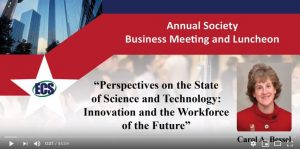 As ECS celebrates the 40-year-anniversary of its first female president, Joan Berkowitz, it is important to note that ECS has a tradition of showcasing women in the sciences at its meetings. Carol A. Bessel, acting division director at the National Science Foundation (NSF), was the highlighted speaker at the annual business meeting at the 235th ECS Meeting. Valerie Browning, director of the Defense Advances Research Projects Agency (DARPA)’s Defense Sciences Office (DSO), will deliver the ECS Lecture at the plenary session of the 236th ECS Meeting. If including, recognizing, and hearing women is critical to attracting and retaining talented women in the sciences, then Bessel and Browning are shining examples of women leading the way. (more…)
As ECS celebrates the 40-year-anniversary of its first female president, Joan Berkowitz, it is important to note that ECS has a tradition of showcasing women in the sciences at its meetings. Carol A. Bessel, acting division director at the National Science Foundation (NSF), was the highlighted speaker at the annual business meeting at the 235th ECS Meeting. Valerie Browning, director of the Defense Advances Research Projects Agency (DARPA)’s Defense Sciences Office (DSO), will deliver the ECS Lecture at the plenary session of the 236th ECS Meeting. If including, recognizing, and hearing women is critical to attracting and retaining talented women in the sciences, then Bessel and Browning are shining examples of women leading the way. (more…)
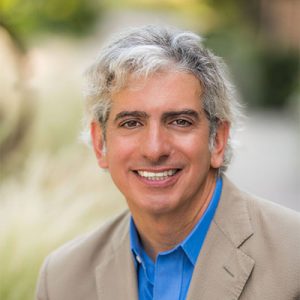 Christopher Jannuzzi, Executive Director and CEO of The Electrochemical Society (ECS), is featured in SciTech Europa Quarterly, a digital publication bringing together the key voices in the European scientific community and the leading trends in science, research and innovation. Jannuzzi describes the distinguished history of ECS, which was founded in 1902 and has grown to a society with over 8,000 members in 80 countries. The core mission remains the same: to advance theory and practice at the forefront of electrochemical and solid state science and technology, and allied subjects. However, with 13 electrochemistry and solid state science and technology divisions, the application—and vital significance—of electrochemistry has grown exponentially. The research published in ECS journals is of huge importance to the future of our planet. ECS makes it freely available to all readers—and free for authors to publish—through a bold and exciting open access initiative, “Free the Science.” Read the full article in SciTech Europa Quarterly now.
Christopher Jannuzzi, Executive Director and CEO of The Electrochemical Society (ECS), is featured in SciTech Europa Quarterly, a digital publication bringing together the key voices in the European scientific community and the leading trends in science, research and innovation. Jannuzzi describes the distinguished history of ECS, which was founded in 1902 and has grown to a society with over 8,000 members in 80 countries. The core mission remains the same: to advance theory and practice at the forefront of electrochemical and solid state science and technology, and allied subjects. However, with 13 electrochemistry and solid state science and technology divisions, the application—and vital significance—of electrochemistry has grown exponentially. The research published in ECS journals is of huge importance to the future of our planet. ECS makes it freely available to all readers—and free for authors to publish—through a bold and exciting open access initiative, “Free the Science.” Read the full article in SciTech Europa Quarterly now.
Dahn Unveils Million Mile Battery in Ground-breaking Article
Posted on September 25, 2019 by Frances Chaves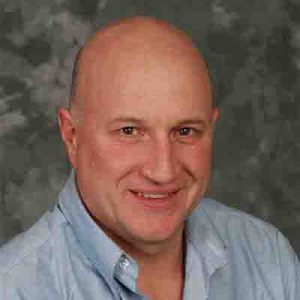 Elon Musk promised—and Jeff Dahn delivered! With the publishing of a ground-breaking paper in the Journal of The Electrochemical Society (JES), Dahn announced to the world that Tesla may soon have a battery that makes their robot taxis and long-haul electric trucks viable. Dahn and his research group is Tesla’s battery research partner. Dahn says “… that cells of this type should be able to power an electric vehicle for over one million miles and last at least two decades in grid energy storage.”
Elon Musk promised—and Jeff Dahn delivered! With the publishing of a ground-breaking paper in the Journal of The Electrochemical Society (JES), Dahn announced to the world that Tesla may soon have a battery that makes their robot taxis and long-haul electric trucks viable. Dahn and his research group is Tesla’s battery research partner. Dahn says “… that cells of this type should be able to power an electric vehicle for over one million miles and last at least two decades in grid energy storage.”
According to Doron Aurbach, JES batteries and energy storage technical editor, “This comprehensive article is expected to be impactful in the field of batteries and energy storage. It is a very systematic study by one of the most renowned and prestigious electrochemistry groups in the world. It was a pleasure for me as a technical editor to handle this paper. It substantiates all the statements about the truly high quality and importance of JES, one of the leading and most prestigious journals in electrochemistry. JES provides an excellent service to the global electrochemistry community—and thousands of ECS members—regardless of ‘impact factors.’” As of today, Dahn’s JES article has received over 31,563 abstract views, over 17,000 articles downloads, and quotes in news outlets around the world. (more…)
Deadline Extended for the Robert C. Haddon Research Award
Posted on September 24, 2019 by Frances Chaves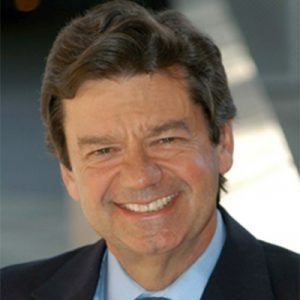 The new deadline is October 8, 2019.
The new deadline is October 8, 2019.
The Electrochemical Society Nanocarbons Division established the Award in 2018 to encourage excellence in nanocarbons research. The award recognizes individuals who have made outstanding contributions to the understanding and applications of carbon materials.
ECS invites nominations for the Robert C. Haddon Research Award of qualified individuals who have made outstanding achievement in, or scientific contribution to, the science of fullerenes, nanotubes and carbon nanostructures. The award consists of a scroll, a $1,000 prize, and assistance up to $1,500 to facilitate attendance at the award presentation. ECS has 13 electrochemistry and solid state science and technology divisions, each of which has robust awards and travel grant programs. (more…)
Conference Co-hosted by ECS Georgia Tech Chapter and ECS Georgia Section
Posted on September 19, 2019 by Frances Chaves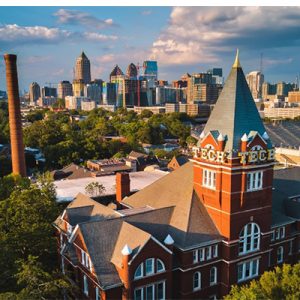 Join the ECS Georgia Institute of Technology Chapter and ECS Georgia Section for a free half-day conference featuring speaker William E. Mustain. Gather at Georgia Tech to share ideas, present work, and form new collaborations with graduate students and post doc researchers in the field of electrochemistry (including fuel cells, batteries, electrocatalysis, and bio-electrochemistry).
Join the ECS Georgia Institute of Technology Chapter and ECS Georgia Section for a free half-day conference featuring speaker William E. Mustain. Gather at Georgia Tech to share ideas, present work, and form new collaborations with graduate students and post doc researchers in the field of electrochemistry (including fuel cells, batteries, electrocatalysis, and bio-electrochemistry).
When: Friday, September 27, 2019
Schedule:
1000h | Check-in and Networking
1100h | Featured Talk
1200h | Lunch and Poster Setup
1245 h | Student Poster Contest
1430 h | Award Ceremony (more…)
Million-Mile Battery to Revolutionize Electric Vehicles
Posted on September 10, 2019 by Frances ChavesMore efficient, longer-lasting batteries are needed to ensure the future of the electric vehicle market. Thanks to Jeff R. Dahn and his Dalhousie University research team, a “million-mile battery” may soon be a reality. Dahn is Tesla’s battery research partner. In “A Wide Range of Testing Results on an Excellent Lithium-Ion Cell Chemistry to be used as Benchmarks for New Battery Technologies,” Dahn describes a new Li-ion battery cell with a single crystal NMC cathode and an advanced electrolyte. The new battery should power an electric vehicle for one million miles and last at least 20 years in grid energy storage—making Tesla’s electric-powered semi-autonomous driving cars and trucks viable.
Call for Nominations: A National Academies’ Study on the Future of Biophysics
Posted on August 21, 2019 by ECS StaffA message from The National Academies of Sciences, Engineering, and Medicine
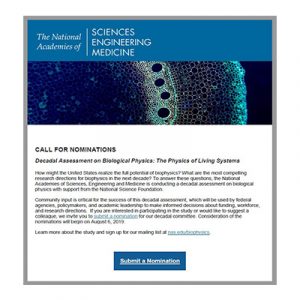
In 1933, ten years after winning the Nobel Prize, Neils Bohr lectured on the importance of applying the principles of physics to the field of biology and living organisms. Over the last several decades, the field of biophysics has generated incredible discoveries, from helping scientists understand the structures of molecules inside of a cell, to predicting and replicating the mechanical movements of large mammals.
About the study
The National Academies of Sciences, Engineering, and Medicine is undertaking a decadal survey of biophysics that will evaluate the current state of the field and identify important future research directions. This study, funded by the National Science Foundation, will serve as a guide for federal agencies and academic leadership as they make decisions regarding biophysics funding, workforce, and research portfolios. (more…)
According to the Federal Aviation Administration, nearly 7,000 laser strikes on aircrafts were reported in 2017.
“In cities like Chicago this problem is real as people are shining laser pointers on aircrafts during critical phases of flight, which is a big nuisance to pilots,” said Jason Keleher, a professor and chair of chemistry at Lewis University, who was approached by the aviation department at Lewis University to collaborate on a solution to this growing problem .
“Is it a bunch of kids? Is it accidental? Is somebody just like, ‘I bet you can’t hit that plane with those lasers.’ It’s really hard to identify who’s actually doing it. It’s a very interesting problem,” said Keleher, one he, the project’s principal investigator, was prepared to solve.
Keleher explains that although the lasers don’t cause permanent eye damage to pilots as they maneuver the aircraft, it does cause temporary flash blindness which may make it difficult for pilots to see control systems as they prepare for take-off and landing. He explains it is similar to the way high beams can disorient a driver upon direct exposure.
(more…)
Pioneering a Vision for Electrochemistry in the Valley of the Sun
Posted on February 5, 2019 by Andrew Ryan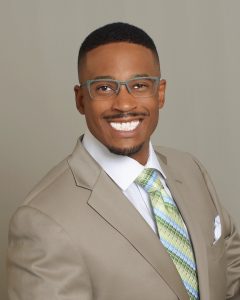 The following guest post is by Telpriore G. Tucker, PhD, founder of the ECS Valley of the Sun (Central Arizona) Student Chapter. In it, Tucker discusses his life and work, his experiences with the Society, and his continual efforts to promote the study of electrochemistry throughout the Valley of the Sun.
The following guest post is by Telpriore G. Tucker, PhD, founder of the ECS Valley of the Sun (Central Arizona) Student Chapter. In it, Tucker discusses his life and work, his experiences with the Society, and his continual efforts to promote the study of electrochemistry throughout the Valley of the Sun.
My name is Telpriore “Greg” Tucker. I’m a postdoctoral research associate in the School of Molecular Sciences at Arizona State University (ASU) in Tempe, AZ. I simply go by Greg on the ASU campus and am more so known as Dr. T in the local community of Greater Metro Phoenix. I’m also the treasurer and a board member of the Arizona Green Chamber of Commerce. Currently, I reside in Scottsdale, AZ, but I’m originally from Colorado Springs, CO.


